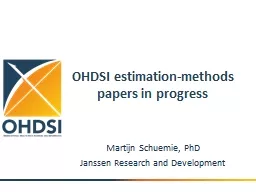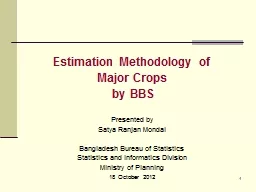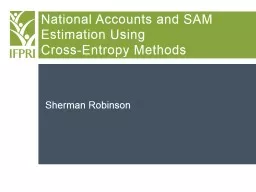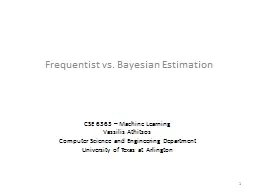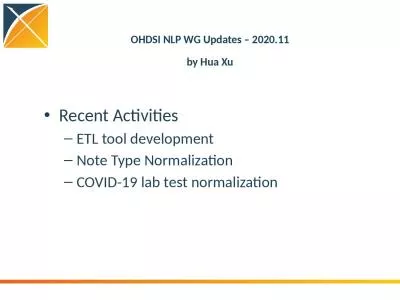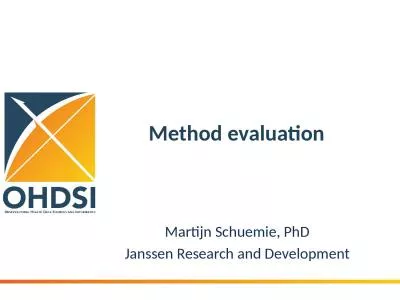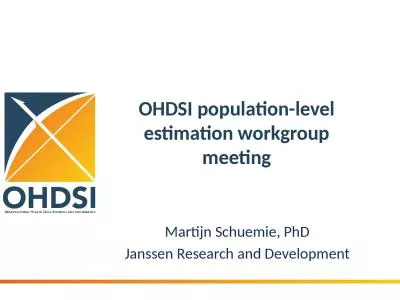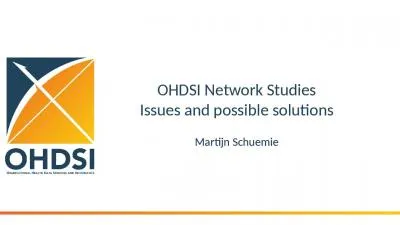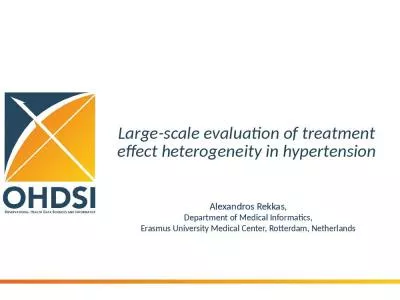PPT-OHDSI estimation-methods papers in progress
Author : impristic | Published Date : 2020-08-27
Martijn Schuemie PhD Janssen Research and Development Previous Eastern Hemisphere meeting Erica Voss Using Established Knowledge in PopulationLevel Estimation In
Presentation Embed Code
Download Presentation
Download Presentation The PPT/PDF document "OHDSI estimation-methods papers in prog..." is the property of its rightful owner. Permission is granted to download and print the materials on this website for personal, non-commercial use only, and to display it on your personal computer provided you do not modify the materials and that you retain all copyright notices contained in the materials. By downloading content from our website, you accept the terms of this agreement.
OHDSI estimation-methods papers in progress: Transcript
Download Rules Of Document
"OHDSI estimation-methods papers in progress"The content belongs to its owner. You may download and print it for personal use, without modification, and keep all copyright notices. By downloading, you agree to these terms.
Related Documents

